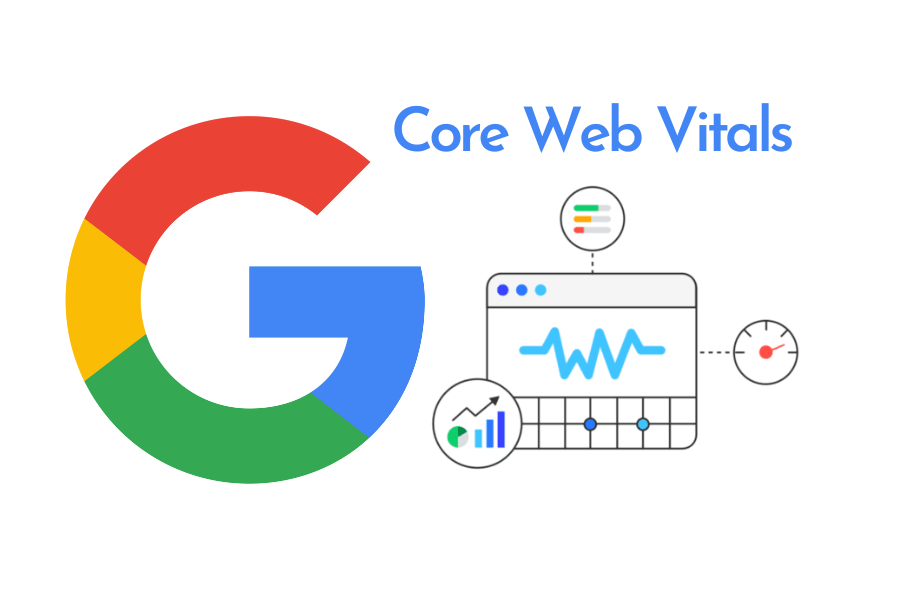Core Web Vitals represent a fundamental shift in how Google evaluates website performance, transforming user experience metrics into critical ranking factors that directly impact your site’s search visibility and organic traffic potential.
In the competitive world of digital marketing, website performance has evolved beyond mere aesthetics and content quality. Google’s introduction of Core Web Vitals in 2020 marked a pivotal moment where user experience became quantifiable and directly tied to search engine optimization success. These metrics measure real-world user interactions with websites, focusing on three essential aspects: loading performance, interactivity, and visual stability.
The significance of Core Web Vitals extends far beyond technical specifications. They represent Google’s commitment to prioritizing websites that deliver exceptional user experiences, creating a direct correlation between site performance and search rankings. When users encounter fast-loading pages that respond quickly to interactions without unexpected layout shifts, they’re more likely to engage with content, complete purchases, and return for future visits.
Understanding Core Web Vitals becomes crucial for businesses seeking to maintain competitive advantages in search results. While content relevance remains paramount, these performance metrics serve as tiebreakers when multiple sites compete for similar content. The beauty of Core Web Vitals lies in their controllable nature – unlike some ranking factors that involve guesswork, these metrics provide clear, measurable targets that website owners can systematically improve.
Real-world case studies demonstrate the tangible impact of Core Web Vitals optimization. Companies like Swappie achieved a 42% increase in mobile revenue after improving their metrics, while Vodafone saw an 8% boost in sales following performance enhancements. These examples illustrate how technical improvements translate directly into business outcomes, making Core Web Vitals optimization a strategic investment rather than merely a technical requirement.
Understanding the Three Core Web Vitals Metrics

Largest Contentful Paint (LCP) measures loading performance by tracking how quickly the largest content element appears on your page. This metric should occur within 2.5 seconds to provide an optimal user experience. LCP directly impacts user perception of page speed and significantly influences bounce rates.
Interaction to Next Paint (INP) evaluates interactivity by measuring the time between user interactions and visual responses. Pages should maintain an INP of 200 milliseconds or less to ensure responsive user experiences. This metric replaced First Input Delay and provides a more comprehensive interaction measurement.
Cumulative Layout Shift (CLS) assesses visual stability by quantifying unexpected layout movements during page loading. Maintaining a CLS score of 0.1 or lower prevents frustrating experiences where buttons or links move as users attempt to interact with them.
How Core Web Vitals Impact SEO Rankings
Google has explicitly confirmed that Core Web Vitals function as ranking factors within their page experience signals. Websites with poor Core Web Vitals scores receive less organic traffic, while those meeting the recommended thresholds gain competitive advantages in search results.
The ranking impact operates on a gradual scale – improvements in Core Web Vitals provide incremental ranking benefits even before reaching optimal thresholds. However, once all metrics achieve “Good” status, further optimizations won’t yield additional ranking improvements.
For maximum ranking benefits, 75% of users must experience “Good” performance across all three metrics, as determined by Google’s Chrome User Experience Report. This real-user data approach ensures that ranking factors reflect actual user experiences rather than laboratory conditions.
Measuring and Monitoring Your Performance
Google Search Console provides comprehensive Core Web Vitals reporting in the “Experience” section, showing real-world performance data for your website. PageSpeed Insights offers both field data from actual users and laboratory testing results, though only field data influences rankings.
Regular monitoring helps identify performance regressions and optimization opportunities. Tools like Google’s PageSpeed Insights and various SEO platforms provide actionable recommendations for improving each metric.



